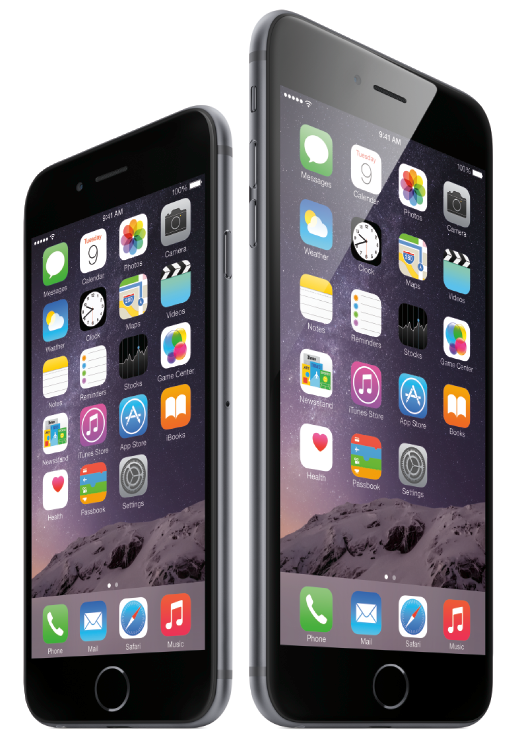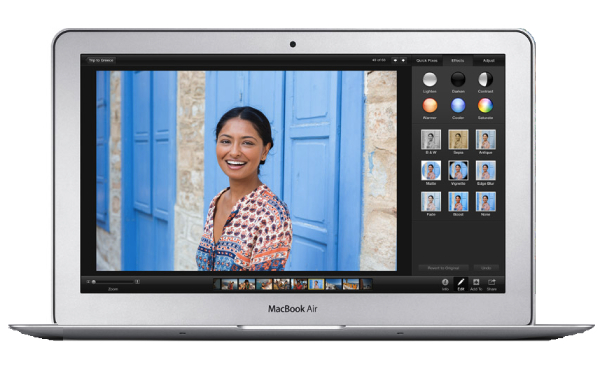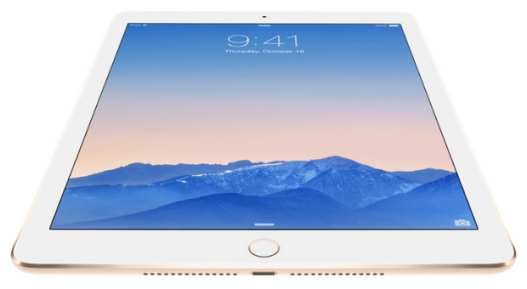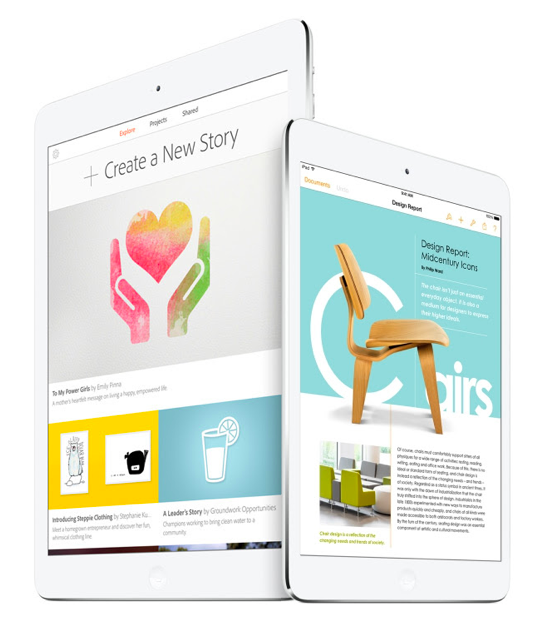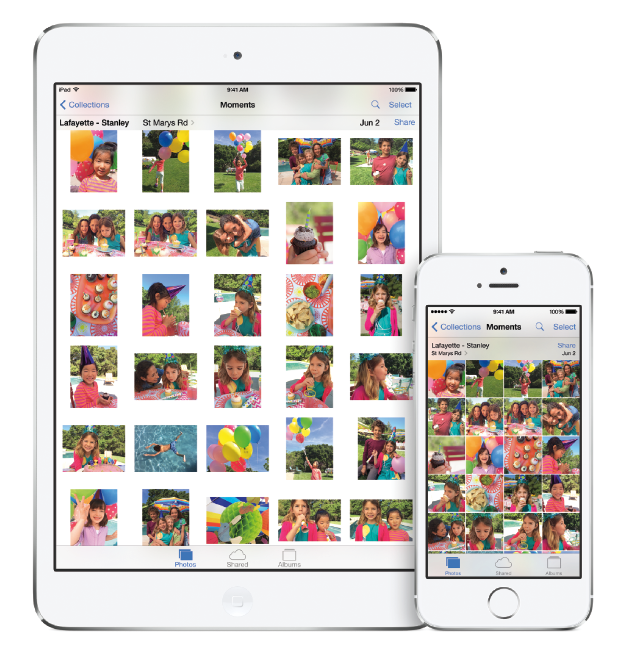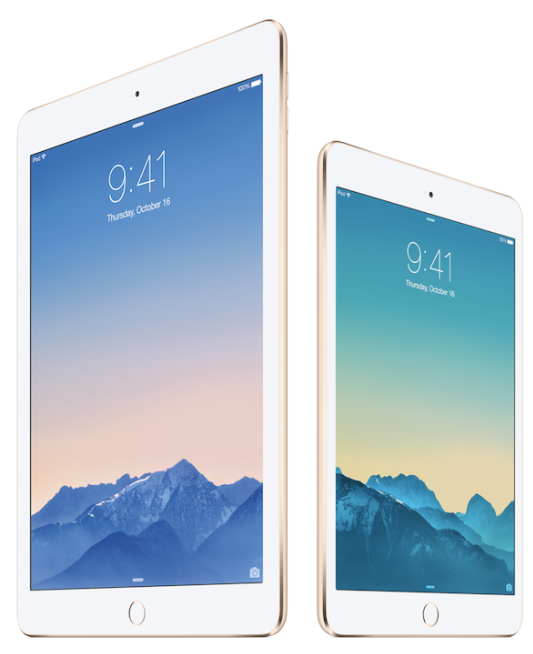Why iPhone 6 Tablet/Laptop Cannibalization Is Overhyped – The ‘Book Mystique
247wallst.com blogger Douglas A. McIntyre noted last week that according to research posted on the Applovin blog site the iPhone 6 is outselling the iPhone 6 Plus by a wide margin . Hardly a surprise there in my estimation. The iPhone 6 Plus’s base price is 50 percent more than the smaller unit’s, and its 5.5-inch display makes it more cumbersome to use as a phone.
According to AppLovin’s John Krystynak, respective global usage of the iPhone 6/6 Plus has averaged out to a roughly 80/20 split in America and 79/21 in the U.K. respectively, or even slightly slightly less favorable to the Plus in Australia (83/17), and Canada and Norway (81/19). However the pattern was not uniform in all markets, with the 6 Plus relatively much more popular in APAC countries Krystynak observes that phablets are phenomenally popular in the APAC market, where large screen smartphone sales in general equal that of laptops and tablets combined, and iPhone 6 Plus takeup having been consistently over 35 percent higher than the that of the smaller iPhone 6, and even slightly greater than that in the Philippines ( 37 percent ) and both Vietnam and Japan at 36 percent, although slightly less robust in South Korea at 71/29 percent for the iPhone 6 and 6 Plus respectively.
Krystynak says that while no one expected iPhone 6 Plus to match or surpass the iPhone 6’s sales volume, adoption of the larger-screen phone (even the iPhone 6 screen is large by historical standards) has been more robust than anticipated — especially in regions where phablets are already popular.
Ad: Visit our price trackers at MacPrices.net this Holiday shopping season for the best deals on new Macs, iPads, iPods, and more. Real-time price updates!
My guess would be that in the APAC countries more people opt for large screen smartphones as a Jack-of-all-trades alternative to having the laptop/tablet/smartphone triad combo that is common in the West, and that the idea of phablets as a single-device solution has been oversold in the context of this culture . While the iPhone 6 is arguably the nicest smartphone yet, the 6 Plus compromises both phone and tablet performance, and ends up being the proverbial master of neither of those trades.
A 5.5-inch display may be large for a smartphone, but it’s way too small for attempting to do serious work on unless one is a real masochist. I can see getting along with, say, an iPhone 6 Plus and a MacBook Air or MacBook Pro, but you have to be willing to live with large economy size in phone mode mode. The most elegant solution — although not the most economical or simple one — is still the smaller iPhone in tandem with an iPad and a MacBook. Personally, my compromise preference is to have a MacBook (any model — the current entry-level MacBook Airs have ample power for my needs) and a powerful iPad, and a more basic smartphone — either whatever older model iPhone is being sold or even a non-Apple utilitarian device. perhaps it’s my background in woodworking, but I prefer to use specific tools best-suited to the specific task, rather than a supposed do-all that doesn’t do anything especially well.
However, not everyone is likewise persuaded, and it’s not a great speculative leap to imagine the iPhone 6 Plus hurting iPad sales somewhat, especially iPad mini sales, but the lengthy iPad sales slump that now spans three fiscal quarters started long before the 6 Plus was released, and I think it can more accurately be attributed a product transitioning to maturity, an increasingly saturated market, and competition from cheapo Android and Windows tablets. It’s also partly due to the iPad being so well made that most are still going strong three years or more after purchase, thus eliminating a compelling reason to upgrade from units that have typically spent most of their service lives in the home, with only occasional road warrioring forays, and remain in near pristine condition with halfway careful use.
Indeed, my going on four year old iPad 2 has been dropped on the floor three times without serious consequence and still looks almost brand new after years of intensive dial use. I have now bought its successor — a gold iPad Air 2 with 64 GB of memory, but it wasn’t because the older ‘Pad was cramping my style substantially.
Last week, Seeking Alpha blogger Alex Cho explained why he’s not sold on the iPad cannibalization narrative that’s been asserted by many analysts for some months now. Cho thinks that a refresh/upgrade cycle will eventually kick in and will drive iPad shipment growth to 50 percent year-over-year as older model iPad users increasingly hit a compatibility wall with regard to the latest software, expressing doubt that most iPad 2 and 3 owners will stick with their older devices that won’t run applications as effectively. He observes that “iOS 8 as well as Apple’s own and many third-party apps are much more demanding on components these days. And, since Apple’s A5 series SoC is vastly inferior to the A8X, there’s no question users will eventually move onto a better device on the performance aspect alone.”
In the end, it was performance and stability issues with iOS 8 on the A5 powered iPad 2 that have deterred me from upgrading from iOS 7.1.2, combined with being blocked out of certain key apps (eg: Pixelmator) and the increasingly inadequate 512 MB of system RAM that finally spurred me to switch up to a newer, faster iPad.
Cho thinks that that if iPad users settle into a three-year upgrade cycle, iPad gen 3/4 owners will elect to upgrade to gen 6 (the iPad Air 2), and the impact from new iPad owners will contribute tok 50%-60% shipment growth.
That may be a bit exuberantly optimistic, but I find it difficult to imagine that the iPad is just going to fade away to niche status displaced by large-screen smartphones. I’m doubtful that we will ever see are turn to the robust sales metrics of the first four iPad years, but neither is the tablet going to suffer the same oblivion that its PC netbook predecessor did.
Another factor that should contribute to an iPad sales recovery is the coming explosion of enterprise software being developed specifically for the iPhone and iPad under Apple’s landmark deal with IBM announced earlier this year and now showing signs of getting into gear.
I agree with Cho that MacBooks excel at moderate to heavy multi-tasking and speedy keyboard shortcut commands, and that while an iPad can do some of the things a MacBook can, it’s simply not a satisfactory replacement for a laptop. They’re two different tools that do different things extremely well with some degree of crossover. he notes that the iPad is optimized for tasks where
a single application is sufficient, but argues that when you have to switch among various applications to get a project done, “you just have to use a PC,” because jumping between apps is much more difficult on an iPad, and moving content around from one program to another is cumbersome, inefficient and time consuming.
That said, I still do a lot of that sort of work on the iPad in order to take advantage of its portability and capacity for computing anywhere. However, I would draw the line at an iPad mini being the lower limit of my willingness to compromise productivity and efficiency for portability and comfort, and there is no way I would consider doing my work on a 5.5-inch touchscreen.
Cho acknowledges some have advanced the argument that a bigger iPhone will result in iPad defectors, but like me he’s skeptical about that premise, and projects that since vast majority of Apple’s installed base is composed of households with higher discretionary income, owning several,devices in order to benefit from their respectively unique capabilities is easy to justify, and since l each device is upgraded at different points, users don’t need to stack hardware upgrade purchases simultaneously. For example, I moved up to a MacBook Air last year, got my iPad Air 2 11 months later, and seem to have settled into a three to four year replacement cycle that will probably be the ongoing interval for both products. By contrast, iPhone users tend to use a one or two year cycle for machines that typically operate in harsher circumstances than iPads and MacBooks. That seems to me ridiculously ephemeral for a device that can cost as much as $949.00 (although resale value can mitigate the sting substantially). It just seems more sensible to me to get a cheaper, more rationally expendable device to fulfil mobile phone needs along with no frills Internet access for checking email and casual surfing, and use the money saved to go with a better iPad.

